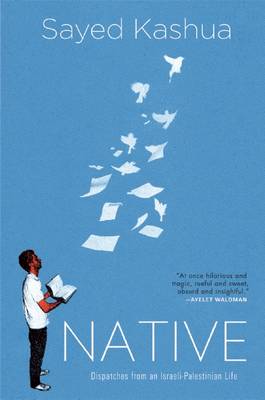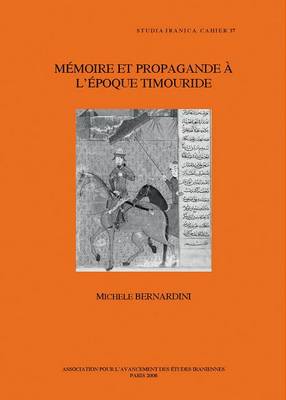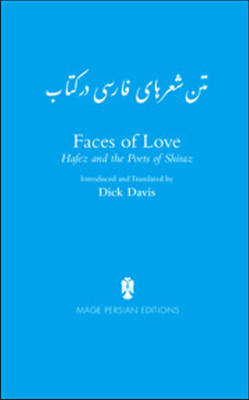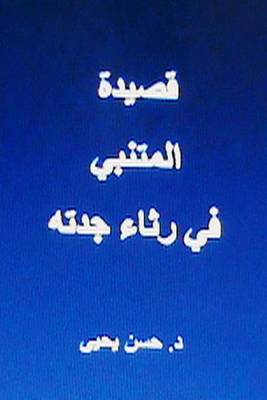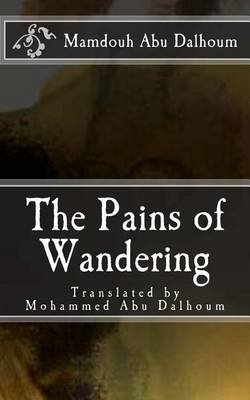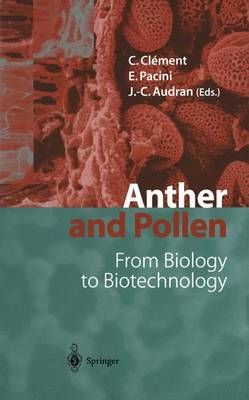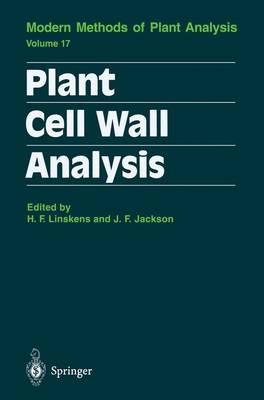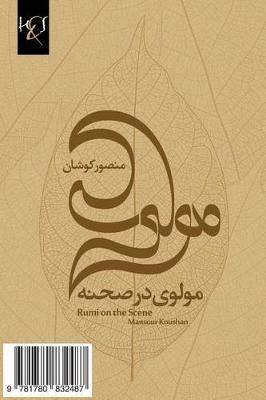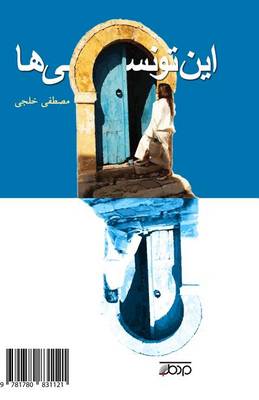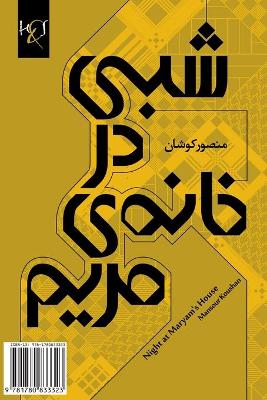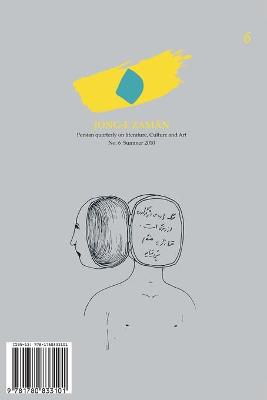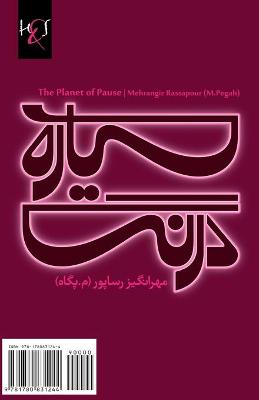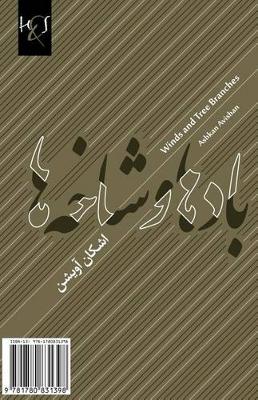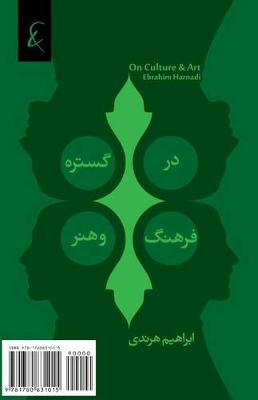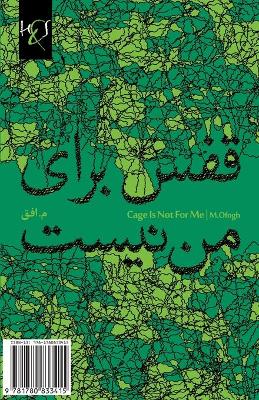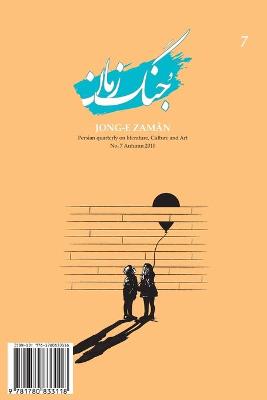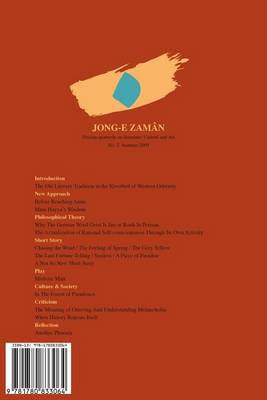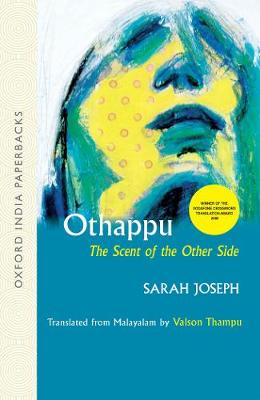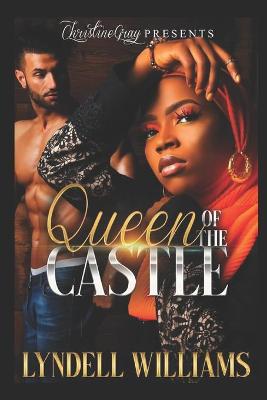Sayed Kashua has been praised by the New York Times as "a master of subtle nuance in dealing with both Arab and Jewish society." An Arab-Israeli who lived in Jerusalem for most of his life, Kashua started writing with the hope of creating one story that both Palestinians and Israelis could relate to, rather than two that cannot coexist together. He devoted his novels and his satirical weekly column published in Haaretz to telling the Palestinian story and exploring the contradictions of modern I...
Memoire et Propagande a L'epoque Timouride (Cahiers de Studia Iranica, v.37)
by Michele Bernardini
Ce volume reunit les cinq communications presentees dans le cadre des "Conferences d'etudes iraniennes Ehsan et Latifeh Yarshater", organisees par l'Unite Mixte de Recherche "Mondes Iranien et Indien" en 2005 au College de France a Paris. Construit autour de la figure de Timur-e Lang (Tamerlan, ca. 1330-1405), l'ouvrage s'interroge sur la manipulation de la memoire historique et sur l'usage que peut en faire le pouvoir a travers la propagande politique en Asie centrale et en Iran au XVe siecle,...
Faces of Love
by Shams al-Din Mohammad Hafez, Jahan Malek Khatun, and Obayd-e Zakani
Acclaimed translator Dick Davis breathes new life into the timeless works of three masters of 14th-century Persian literature Together, Hafez, a giant of world literature; Jahan Malek Khatun, an eloquent princess; and Obayd-e Zakani, a dissolute satirist, represent one of the most remarkable literary flowerings of any era. All three lived in the famed city of Shiraz, a provincial capital of south-central Iran, and all three drew support from arts-loving rulers during a time better known for it...
Pollen, the plant structure most widely used by humans, is a key structure in plant reproduction giving rise to fruits and seeds. Moreover, the biotechnological use of pollen is of great importance for plant breeders since it allows to obtain varieties with better utilization and yield. In the first part, the successive steps of pollen development in the anther from floral induction to pollen germination and fertilization are thoroughly examined; the second part is devoted to pollen behaviour in...
Modern Methods of Plant Analysis When the handbook Modern Methods of Plant Analysis, was first introduced in 1954, the considerations were: 1. the dependence of scientific progress in biology on the improvement of existing and the introduction of new methods; 2. the difficulty in finding many new analytical methods in specialized journals which are normally not accessible to experimental plant biologists; 3. the fact that in the methods sections of papers the description of methods is frequently...
Witty, bawdy, and vicious, Yusuf al-Shirbini's Brains Confounded pits the "coarse" rural masses against the "refined" urban population. In Volume One, al-Shirbini describes the three rural "types"-peasant cultivator, village man-of-religion, and rural dervish-offering anecdotes testifying to the ignorance, dirtiness, and criminality of each. In Volume Two, he presents a hilarious parody of the verse-and-commentary genre so beloved by scholars of his day, with a 47-line poem supposedly written by...
Othappu is about a woman's yearning for a true understanding of spirituality and her own sexuality. The novel is a powerful indictment of the hypocrisy that plagues Christianity in many parts of the Subcontinent. Othappu unfolds at many levels to critique notions of class, caste, antiquity, and prestige that have, over time, eroded the power of the first church. The detailed Introduction by Jancy James provides rare insights into the work and skilfully sketches the social history of Kerala, th...
